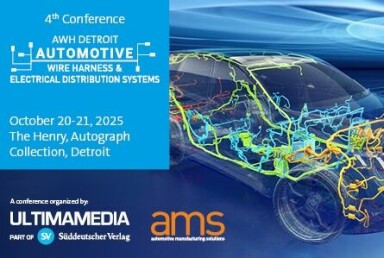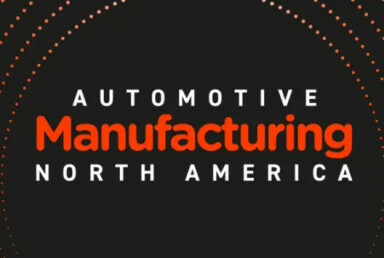China’s rare earth magnet export ban threatens global EV and automotive manufacturing, as US, European and Asian carmakers scramble to secure critical materials
The global automotive sector is facing renewed disruption as China tightens control over exports of heavy rare earths and magnets. With EV powertrains and chips at risk, OEMs are now racing to diversify supply.
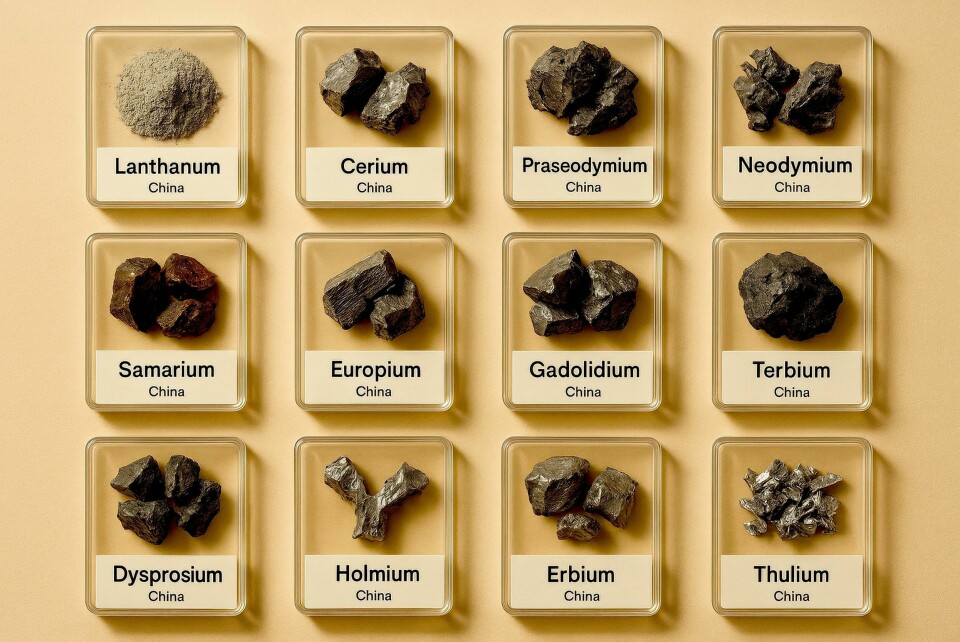
Global automotive production and electronics industries are bracing for significant disruption after China imposed sweeping restrictions on the export of heavy rare earth metals and the magnets made from them. These materials, vital for electric vehicle powertrains and semiconductors are central to modern manufacturing, yet remain almost entirely under Chinese control.
Since early April, Chinese customs officials have blocked shipments of rare earth magnets at numerous ports. This halt comes as Beijing drafts a new regulatory framework for export licensing, a move interpreted as retaliation for the US government’s latest round of tariffs.
”A swift resolution of the rare earths issue is necessary because a sustained disruption of exports could hurt China’s reputation as a reliable supplier”
On April 4, China’s Ministry of Commerce and the General Administration of Customs jointly announced that six heavy rare earth elements and their derivative magnets could no longer be exported without a special licence. Yet the licensing process remains undefined, and many industry leaders fear prolonged delays could deplete critical inventories worldwide.
The materials in question are indispensable for the manufacture of high-performance electric motors used in electric vehicles (EVs), and robotics; vital to vehicle production. Even conventional combustion-engine vehicles rely on electric motors with rare earth magnets for vital functions such as steering.
These metals also support the production of vehicle lighting and capacitors used in advanced chips that drive AI servers. With AI now increasingly embedded into automotive production ecosystems, this poses a threat to operations on a global scale. Their absence could freeze production lines, especially in the United States where many companies maintain minimal inventories.
Daniel Pickard, chairman of the critical minerals advisory committee for the Office of the United States Trade Representative and the Department of Commerce, warned of the consequences. “Does the export control or ban potentially have severe effects in the US? Yes,” he said. “A swift resolution of the rare earths issue is necessary because a sustained disruption of exports could hurt China’s reputation as a reliable supplier.”
The stifling of magnet production for General Motors US, and other OEMs
China dominates the global supply of heavy rare earths, producing 99% of global output until 2023. The only notable non-Chinese facility, a refinery in Vietnam, has been offline for a year over a tax dispute. China also accounts for around 90% of global rare earth magnet production, with Japan and Germany producing most of the remainder but still dependent on Chinese-sourced materials.
”Dysprosium oxide’s […] principal utility lies in the augmentation of neodymium-iron-boron permanent magnets, imparting a critical resilience against demagnetisation under the thermal stresses endemic to electric powertrains”
James Litinsky, executive chairman and chief executive of MP Materials, which owns the Mountain Pass rare earth mine in California, said military applications are especially exposed. “Drones and robotics are widely considered the future of warfare, and based on everything we are seeing, the critical inputs for our future supply chain are shut down,” he said. Beyond military capabilities, the impact on vehicle production is clear. MP Materials plans to begin magnet production in Texas for General Motors and other OEMs by the end of the year.
Rare earth magnets make up a tiny share of Chinese exports by value but are disproportionately significant to US and European manufacturing. Customs officials across China have interpreted the new rules inconsistently. Some ports allow export of magnets with negligible traces of heavy rare earths, particularly if not destined for the US. Others demand laboratory tests before clearance.
Chinese authorities have gone further, prohibiting domestic companies from engaging with an expanding list of American firms. The geopolitical implications are profound, with supply chain resilience now a critical strategic priority for many Western OEMs.
Join the leaders shaping resilient automotive supply chains

As rare earth disruptions threaten EV and robotics production, there’s never been a more critical time to connect, strategise, and innovate.
Book your place at Automotive Manufacturing North America and be part of the discussion driving the future of manufacturing and materials sourcing.
Dysprosium oxide and key automotive material supply chains
Japan, having experienced a similar rare earth embargo in 2010, maintains large inventories of these materials. By contrast, most US firms operate with lean inventories. Dysprosium oxide, a key heavy rare earth, currently trades at ¥1,490 (approx. $204) per kilogram in Shanghai, but at significantly higher prices internationally, limiting stockpiling.
The significance for vehicle production? Dysprosium oxide underpins a crucial facet of the global automotive ecosystem, particularly in the EV production. Its principal utility lies in the augmentation of neodymium-iron-boron permanent magnets, imparting a critical resilience against demagnetisation under the thermal stresses endemic to electric powertrains.
”As of late April, rare earth magnet exports remained suspended despite US exemptions on certain consumer electronics imports. The latest round of tariffs still applies to rare earth imports, further compounding the pressure”
This enhanced coercivity renders these magnets, subtly fortified by dysprosium, foundational to the efficiency and performance of EV traction motors, with a discernible quantity embedded within each vehicle. Beyond this signal application, the element’s magnetic tenacity extends to other specialised automotive systems demanding stable and potent fields.
Accordingly, dysprosium oxide, though often overlooked, constitutes an increasingly vital, albeit geopolitically sensitive, input in the ongoing and accelerating transition towards electrified transport.
Read more China automotive production stories
- From battery maker to EV leader: BYD’s strategic rise
- The urgency for enhanced Design For Manufacture (DFM) in vehicle production
- Will Volkswagen’s surplus German plants become Chinese production operations?
- Chinese vehicle makers look to international markets for growth
China’s retaliatory tariffs, Europe, Asia, JL Mag, Tesla and BYD
The impact is being felt beyond US borders. German and Japanese companies are also experiencing delays. As of late April, rare earth magnet exports remained suspended despite US exemptions on certain consumer electronics imports. The latest round of tariffs still applies to rare earth imports, further compounding the pressure.
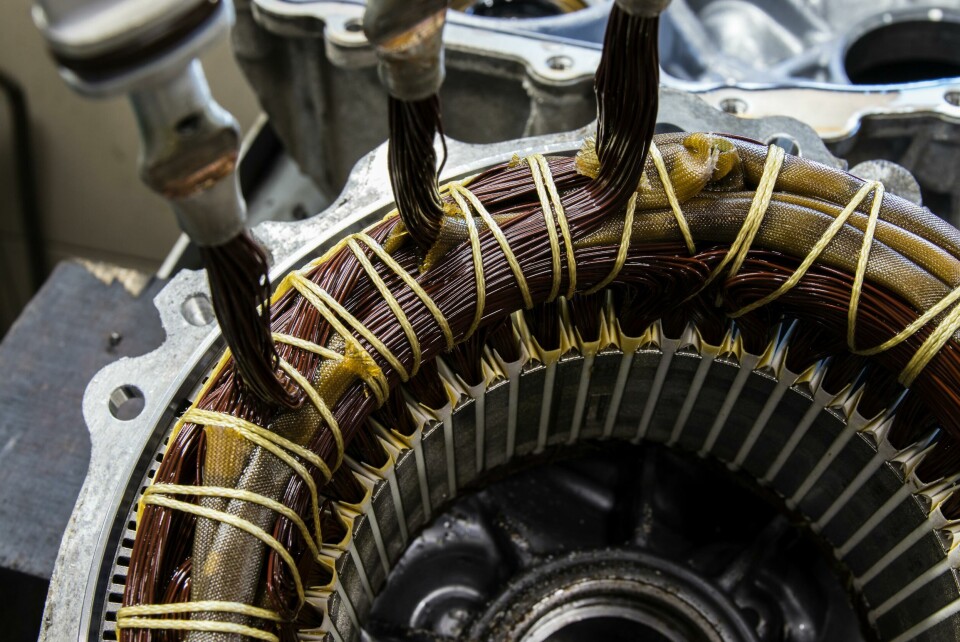
The nerve centre of China’s rare earth industry lies in Jiangxi Province, particularly around Longnan and Ganzhou.
Ore is mined in the red clay hills near Longnan and refined in local facilities before being shipped to magnet manufacturers in Ganzhou.
Among them is JL Mag Rare-Earth Company, whose factory supplies magnets to Tesla and China’s BYD, the world’s two leading electric vehicle producers.
According to industry sources, BYD purchases high-spec magnets from JL Mag that are said to deliver 15 times the magnetic force of conventional iron-based units.
In 2019, Chinese President Xi Jinping visited JL Mag’s factory, a symbolic move amid rising US-China trade tensions. Observers at the time viewed it as a subtle warning. With China now acting on that threat, automakers and suppliers globally are being forced to reassess their sourcing strategies.
China had paused heavy rare earth mining near Longnan due to environmental damage, but signs of resumed activity are emerging. At one mine, generators and chemical leaching equipment were recently observed in use. The extraction process, which involves injecting chemicals into hilltop shafts to dissolve ore and siphon rare earths, has long drawn criticism for its ecological toll.
As the world decarbonises and electrifies, control of upstream materials is becoming a key lever of geopolitical influence. The sudden disruption of rare earth magnet exports is another pawn in a global trade dispute which reminds us that the global energy transition is tethered to fragile and highly concentrated supply chains.
Have you heard about our new brand?
Automotive Digital Transformation!
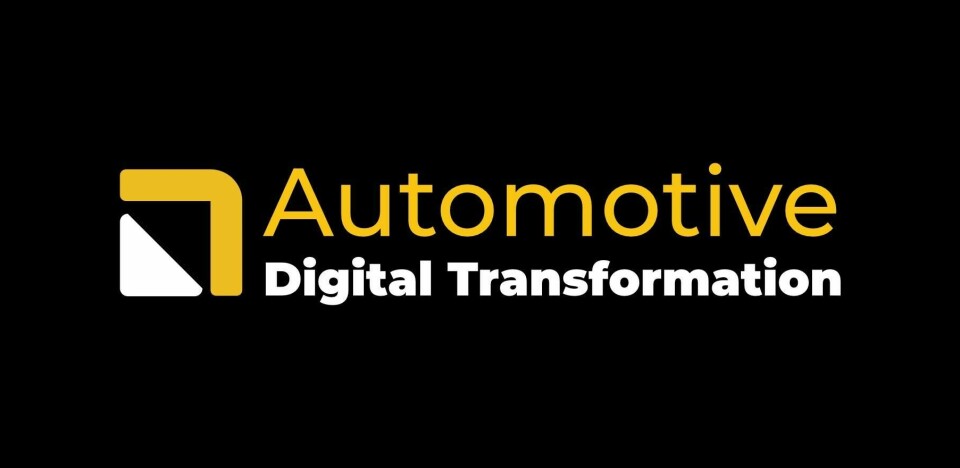
ADT is designed to be the go-to hub for the innovators and changemakers driving the digital evolution of the automotive industry.
Closely connected with our other brands, ADT is here to lead the paradigm shift.
